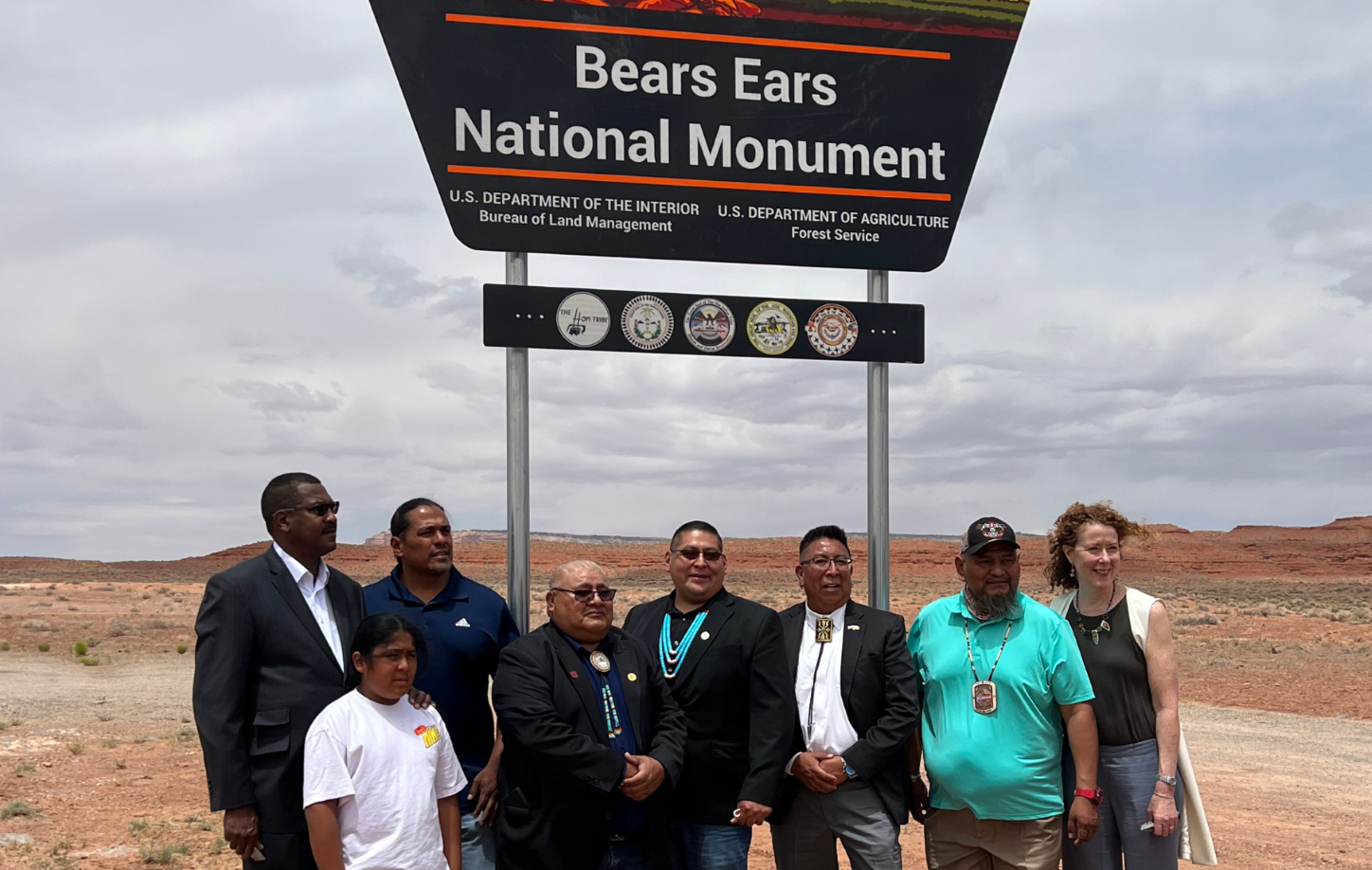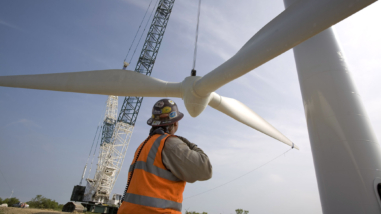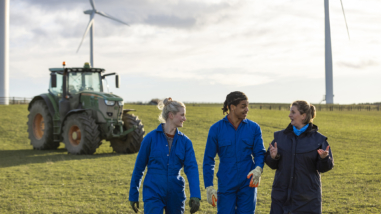Q&A with Hester Dillon: Unfencing the future of conservation through relationships

Given the genocide and forced removal of Indigenous people from the land, their culture, and their communities across North America, it is not hard to see why these relationships were broken and why early conservation organizations, many of which began in the 1930s, did not conceive that Tribal governments and communities should or would be part of their work. Similarly, it is not hard to see how philanthropic institutions, much of whose wealth derived from Tribal lands, did not envision Indigenous communities as important to support. Many philanthropies still have this bias, regardless of the program area.
Despite this history, today we can tell ourselves different stories about who we are, who we work with, what we do, and why we do it. We can repair and make new relationships. We can help repair the land.
What themes emerged from your conversations with the Tribal leaders, conservationists, and philanthropists you profiled in the report?
Four themes emerged: the importance of relationships; the importance of being inclusive and respectful; that who makes the decisions and who has access to those who make the decisions matters; and the need to challenge thinking about funding and flexibility.
But if people remember only one thing, I hope it is that relationships underlie this work.
Wilma Mankiller, the first woman elected principal chief of the Cherokee Nation, attributed the Nation’s success under her tenure to relationships. Strong relationships provide us grace, nurturing, strength, and love as we move through life. This applies to every part of life. Indeed, we are living in a time where our relationships with our more-than-human relatives — the four-leggeds, winged, swimming, and plants — are changing. Now is the time for respectful, reciprocal relationships to be built between people, communities, more-than-human relatives, and organizations that can help us support one another and the incredible world on which we depend.
Dillon, senior program manager for the Emerging Strategies Program at the Schmidt Family Foundation’s 11th Hour Project, has worked in philanthropy, as an attorney, for Tribal governments, and with Native nonprofits for two decades. The William and Flora Hewlett Foundation provided support for the publication of “Unfencing the Future.”



